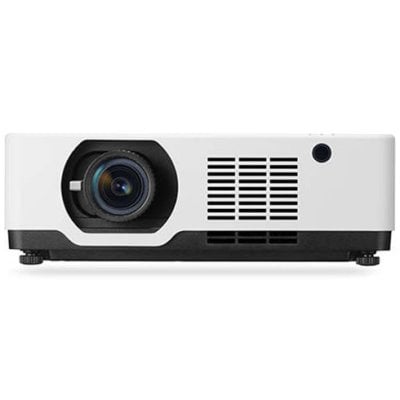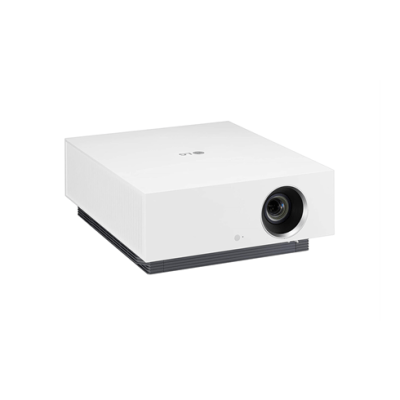When it comes to choosing a projector, one of the most critical factors to consider is the resolution. The projector’s resolution determines the number of pixels it can display, directly impacting the clarity and sharpness of the images and videos it projects. In this article, we’ll explore the basics of projector resolution, helping you make an informed decision for your projection needs.
Understanding Projector Resolution

Projector resolution is typically represented by two numbers, such as 1920×1080 or 4K (3840×2160). The first number refers to the horizontal pixels, while the second number represents the vertical pixels. The total number of pixels is obtained by multiplying these two values. For example, a projector with a resolution of 1920×1080 has 2,073,600 pixels (1920 multiplied by 1080).
Common Projector Resolutions
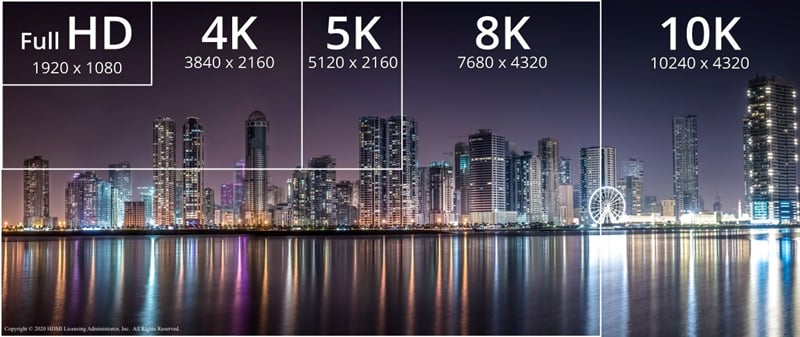
- SVGA (800×600): SVGA, short for Super Video Graphics Array, is an older and more budget-friendly resolution. While it can still provide decent images for basic presentations, its pixel count is relatively low compared to modern standards. It’s best suited for small screens and simple content.
- XGA (1024×768): XGA offers a higher pixel count than SVGA, making it a popular choice for business presentations and educational settings. It delivers sharper images and is compatible with many laptops and computers.
- Full HD (1920×1080): Full HD, also known as 1080p, has become the standard resolution for home theater projectors and professional applications. With over 2 million pixels, it provides stunning visuals and is ideal for watching movies, gaming, and detailed presentations.
- 4K UHD (3840×2160): 4K Ultra High Definition, or 4K UHD, offers four times the pixel count of Full HD. It delivers breathtaking image quality with exceptional clarity and detail. 4K projectors are becoming more popular for home theaters and high-end professional installations, such as the Dangbei Mars Pro projector.
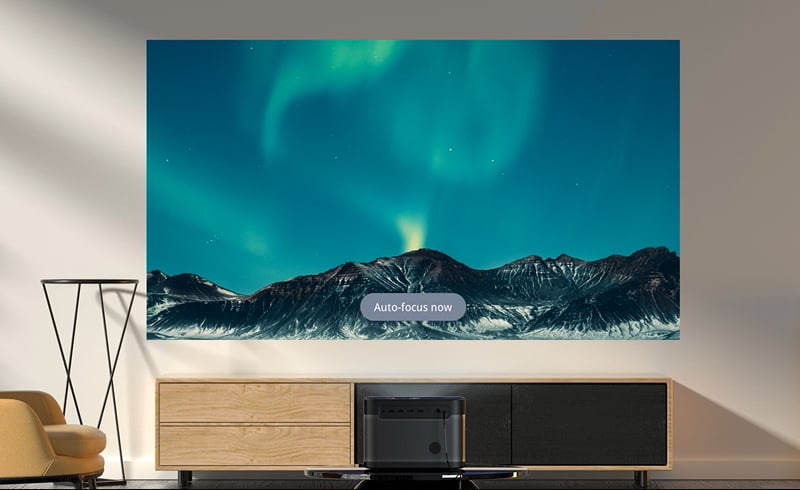
Choosing the Right Resolution for Your Needs
The choice of projector resolution depends on your specific requirements and usage scenarios. Here are some considerations to keep in mind:
- Content Type: If you mainly use the projector for simple presentations, SVGA or XGA resolutions might suffice. However, for high-definition movies or graphics-intensive gaming, Full HD or 4K UHD is recommended.
- Screen Size: The larger the screen size, the more important higher resolutions become. Lower resolutions may result in pixelation and reduced image quality on bigger screens.
- Budget: Higher resolutions often come with a higher price tag. Consider your budget and balance it with your image quality expectations.
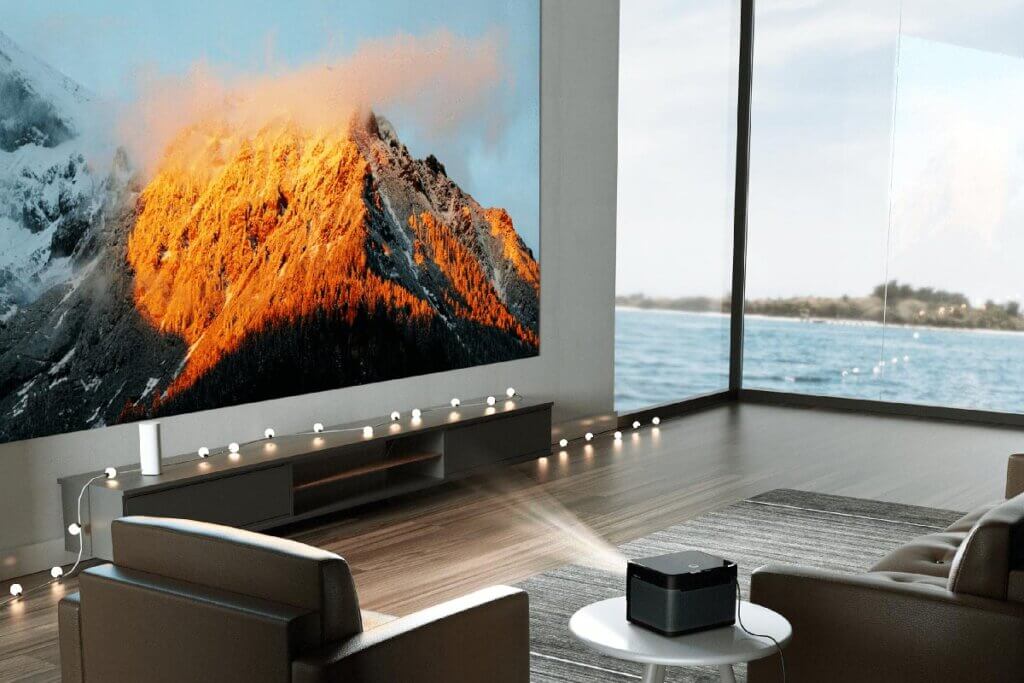
Conclusion
Projector resolution plays a vital role in determining the visual experience you’ll get from your projector. Whether you need a budget-friendly option for basic presentations or desire an immersive home theater experience, choosing the right resolution is crucial. Consider your content type, screen size, and budget to make an informed decision. Remember, a projector with higher resolution can provide crisp and clear images, ensuring an enjoyable viewing experience for all your projection needs.

